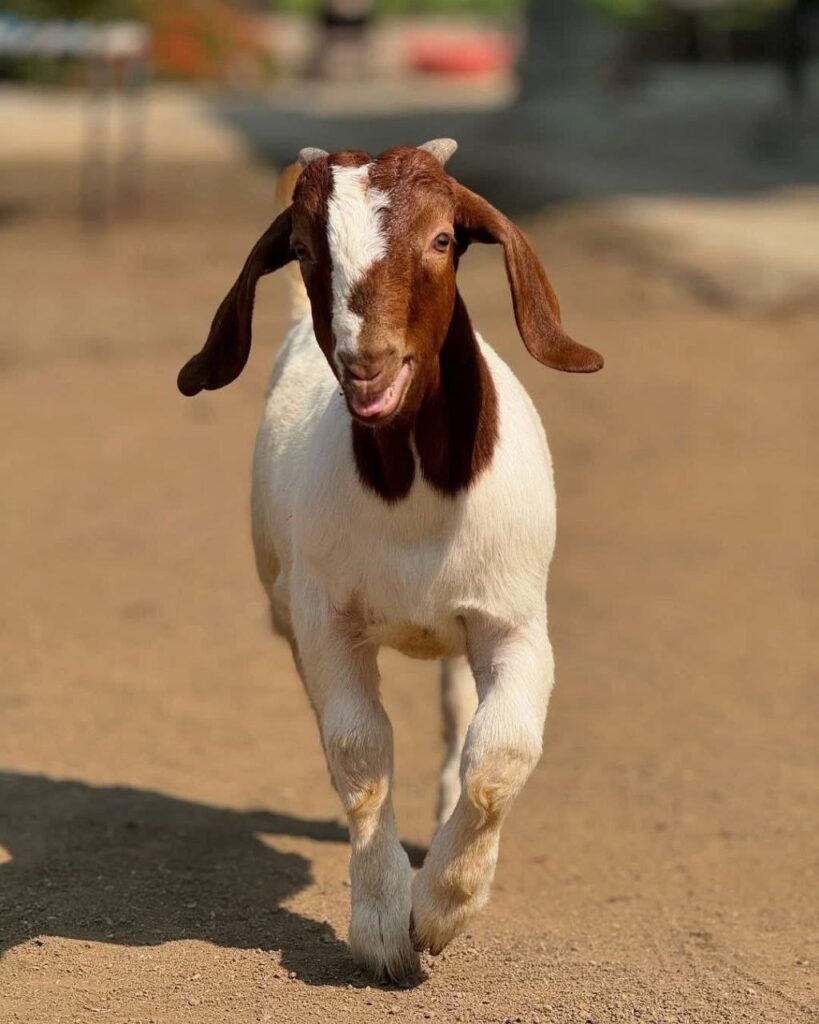Goat farming is one of the most profitable livestock ventures in Africa. With the rising demand for goat meat and milk, choosing the right breed can make all the difference in your farm’s success. Some breeds are excellent for meat, while others are preferred for milk production. In this guide, we’ll explore the best goat breeds for both meat and milk production in Africa.
Why Choosing the Right Goat Breed Matters
The breed you select determines:
- Growth rate and size of your goats
- Resistance to diseases and adaptability to your environment
- Meat quality and milk yield
- Profitability and market demand
Making the right choice ensures that you maximize productivity and reduce losses.
Best Goat Breeds for Meat Production in Africa
1. Boer Goat

The Boer goat is originally from South Africa and is widely known as one of the best meat-producing goats in the world.
- Characteristics: Large body size, fast growth, and high fertility.
- Advantages: Produces lean, tender meat with good dressing percentage.
- Suitability: Well-adapted to African climates, though requires good management.
2. Sokoto Red Goat

Commonly found in Nigeria and other parts of West Africa.
- Characteristics: Medium-sized, reddish-brown coat, hardy in dry regions.
- Advantages: Popular for meat production due to its adaptability and low feed requirements.
- Suitability: Thrives in arid and semi-arid zones.
3. Kalahari Red Goat

Native to South Africa, the Kalahari Red is closely related to the Boer goat.
- Characteristics: Reddish-brown coat, strong and resistant to heat.
- Advantages: Excellent meat quality and survival in harsh conditions.
- Suitability: Great for free-range and extensive farming systems.
4. Sahel Goat

Widely reared in the Sahel regions of Africa.
- Characteristics: Tall, long-legged, and hardy.
- Advantages: High tolerance to heat and drought, good meat producer.
- Suitability: Works well in desert and semi-desert areas.
Best Goat Breeds for Milk Production in Africa
1. Saanen Goat

Originally from Switzerland but now popular in Africa among commercial dairy farmers.
- Characteristics: White coat, calm temperament, large body size.
- Advantages: Produces up to 3 liters of milk per day.
- Suitability: Requires intensive management and good housing.
2. Toggenburg Goat

Another Swiss breed that has adapted well in Africa.
- Characteristics: Brown coat with white markings, medium-sized.
- Advantages: Consistent milk yield with good butterfat content.
- Suitability: Performs well under semi-intensive farming.
3. Anglo-Nubian Goat

A dual-purpose breed popular across Africa.
- Characteristics: Long ears, Roman nose, large body frame.
- Advantages: Produces both high-quality meat and milk.
- Suitability: Excellent for farmers who want both meat and milk production.
4. West African Dwarf Goat

Small in size but highly resilient and disease-resistant.
- Characteristics: Short stature, common across West Africa.
- Advantages: Produces moderate amounts of milk with high butterfat, making it good for cheese production.
- Suitability: Ideal for smallholder farmers with limited resources.
Tips for Farmers
- Choose breeds based on your farming goal (meat, milk, or both).
- Consider your climate and feed availability before selecting a breed.
- Maintain good housing, feeding, and veterinary care for maximum productivity.
- Crossbreeding can help improve productivity by combining desirable traits.
Final Thoughts
Goat farming in Africa is a growing opportunity for both smallholder and commercial farmers. Whether you are focused on meat production or milk production, choosing the right breed will greatly impact your farm’s profitability. Start with hardy, well-adapted breeds, and scale gradually as you gain more experience.




